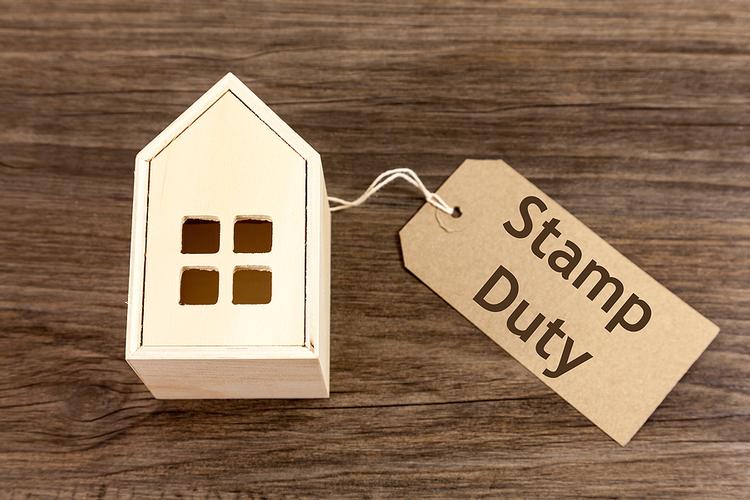In his new Budget, on Wednesday 3 March, Chancellor of the Exchequer Rishi Sunak announced that the stamp duty holiday that was enabled in July 2020 and was due to end on 31 March 2021, has been extended by three months to 30 June.
This Is Money reports that homebuyers who were scrambling to complete their purchases before the original deadline later this month now have extra time, and can make potential savings of up to £15,000.
Last year, the Treasury announced that it would be temporarily raising the stamp duty threshold from £125,000 to £500,000 for property sales in England and Northern Ireland.
Once the new deadline is reached on 30 June, the limit will be lowered to £250,000 until the end of September, and return to the normal level on 1 October 2021. This tapered ending avoids a ‘cliff edge’ for buyers after the new deadline.
How much stamp duty do I need to pay?
The changes, which were introduced last July, mean that buyers in England and Northern Ireland do not have to pay stamp duty tax for the first £500,000 of the money they give for their property. The threshold earlier was only £125,000.
This is the breakdown of the current stamp duty rates:
Up to £500,000 - no stamp duty
£500,001 to £925,000 – 5 per cent
£925,001 to £1.5m – 10 per cent
Above £1.5m – 12 per cent
First-time buyers do not pay stamp duty on purchases up to £300,000, while the rules vary depending on whether the property is residential or non-residential, freehold or leasehold etc.
You can use the government's Stamp Duty Calculator to find out what applies in your case.
If you’ve completed your property purchase and looking for a removal company in South London, talk to us today.

